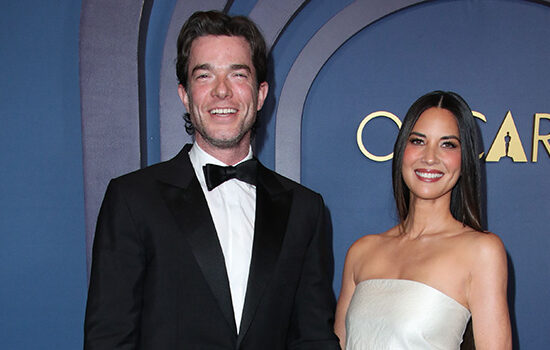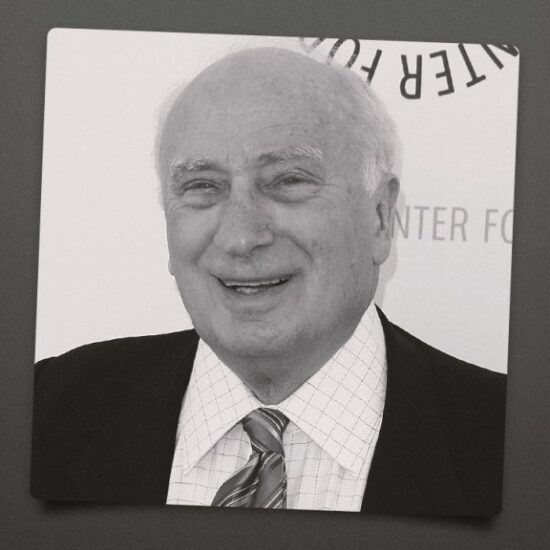
In 1928, when Alexander Fleming returned home from holiday, he found his lab in a state of disarray. Tools crowded his desk. Petri dishes were stacked on top of one another. Fleming was not the most organized researcher, and this would prove to be lifesaving. He noticed that mold had colonized his bacterial culture and killed it. He had just discovered penicillin. In response to the finding, Fleming simply remarked: “That’s funny.”
Dr. Carl June, the oncologist whose quest to cure cancer fuels Ross Kauffman’s fascinating Tribeca documentary Of Medicine and Miracles, shares Fleming’s amusingly casual wonder at happenstance. When June retells the story of Fleming’s discovery, he sees it as a lesson: “Chance favors the prepared,” he said. “If you do enough experiments, you’ll find things in the unexpected.” About his efforts to reprogram T-cells to fight cancerous masses, he speaks with quiet determination. There is passion and admiration for the process. Confidence and humility about the results. These, I suspect, are the qualities of a tenacious researcher, but they also make June a fascinating doc subject.
Of Medicine and Miracles
The Bottom Line
Tugs on the heartstrings and opens the mind.
June isn’t the only subject of this film, though. Kauffman, known for his Oscar-winning documentary feature Born into Brothels, weaves the scientific genius’ story with that of Emily Whitehead, a cancer patient desperate for solutions. Whitehead and her parents — Tom and Kari — made headlines in 2012 after June’s experimental treatment removed any trace of leukemia from her body. For those who followed the story closely, the doc won’t offer much in the way of surprises, but for the uninitiated, Kauffman’s film is a considerate primer.
Of Medicine and Miracles values the emotional aspects of June and Whitehead’s stories, then the science and then the context. Kauffman adopts June’s understanding of cancer as an enemy with which researchers are at war and frames the doc around the personal narratives of both subjects.
June’s interest in cancer research stems directly from his wife Cindy, who died of ovarian cancer in 2001. He speaks of her lovingly, texturing stories of their life together with anecdotes about her personality. “She was much more social than I am, so the two of us balanced well that way,” he says as he caresses sepia-toned wedding photos. Taking care of Cindy during her rounds of chemotherapy opened June’s eyes to the toll that cancer took on patients and their families, renewing his determination to search for a solution.
The success of June and his research team’s experimental treatment — he shies away from calling it a cure — has much to do with the convergence of disparate strands of his medical background. The oncologist’s foray into science began when he entered the U.S. Naval Academy in 1971 to avoid the Vietnam War draft. His early research was dictated by the army, who sent him to medical school to study bone marrow treatment for people exposed to radiation from nuclear weapons. After interest in that dried up, June spent the ’80s working on T-cell research and the ’90s experimenting with gene-therapy for HIV.
Kauffman alternates June’s story with that of the Whiteheads — flipping between the two until their fates meet near the end. Emily was five years old when she was diagnosed with leukemia. Her parents were initially hopeful about her odds of survival, but then Emily’s cancer returned more forcefully. Most chemotherapy treatments stopped working and doctors all but resigned themselves to her fate.
Emily’s parents mostly tell the story, and I couldn’t help wondering why an interview with Emily wasn’t included. Her parents recount the harrowing stages of discovering their child has cancer and then chronicling how their lives changed after that. They eventually got in touch with a doctor who was preparing to start a trial of June’s experimental T-cell therapy. Emily became the first child to undergo the process.
Cost hovers in the background of Kauffman’s doc, and I kept wishing for more detail on the finances: How much money does a family spend in treatment, transportation and hospital stays? Cost came to mind again when June spoke of his experiments and how a lack of funding almost curtailed progress. Of Medicine and Men makes a strong case for the power and importance of scientific research, but three years of a pandemic have revealed that medical breakthroughs are as much a result of chance as they are of individual and institutional resources.
Even Fleming came up against this problem. The legend of penicillin’s discovery doesn’t end with the quirky scientist finding mold in his petri dishes: Fleming, it turns out, did not have the money to scale up his experiments and turned to an Oxford University professor for help with procuring grant money from parsimonious bureaucrats.
As Of Medicine and Men nears its tense end — Emily’s prognosis is initially bleak, but she survives — the question of cost balloons and then deflates, replaced by the euphoria of success. Today, Emily is 10 years cancer-free, making her officially cured. June and his team’s treatment has been used on more than 15,000 patients with different types of cancer. The future for treating this disease is thankfully optimistic.













